
Mid-Course Through the Ukraine Crisis : Lessons for India
 Wed, 16 Mar 2022
| Reading Time: 6 minutes
Wed, 16 Mar 2022
| Reading Time: 6 minutes

As an international crisis which has led to a high profile conventional war scenario, the first in the last 19 years, the Russia-Ukraine war is drawing the focus of analysts from multiple domains. It’s a scenario which has links to diplomacy, war fighting, economics, humanitarian affairs and much more. The theatre of war in East and Central Europe where the crisis is continuing, has seen hybrid conflict for the last eight years and a possible deterioration to the current situation was least expected.
This analysis could be considered premature as the war is nowhere near ending; lessons are usually learnt after a defeat and a victory. Both these appear unlikely at the moment with ‘No Victor, No Vanquished’ written all over the situation. No attempt is being made to postulate on the future course either. All this is, is a reading into the potential takeaways while the observations are yet fresh in the mind; some of them would do us a lot of good to analyse much deeper. They are not restricted to any level, with strategic, operational and even tactical all being included.
The first of these lessons on the 21st day of the war between Russia and Ukraine is the unpredictability factor. Despite advanced and sophisticated tools of decision making, surveillance and wargaming the prediction of such an eventuality failed. The US and France were two powers who did warn of an impending invasion but none could read fully into President Putin’s mind.
The importance of studying the opposing leadership, its personality, compulsions, ambition and mindsets, cannot be over-emphasized. Take Xi Jinping for example. He too has an obsession to be recognized by history as the greatest Chinese leader and is self-committed to prove it. Putin has proved that brinkmanship is a strategy which contributes immensely to deception; even the commitment of troops and other resources at the outset, in the case of Russia, was less than the expected order.
Considering that brinkmanship without full commitment of military resources is something the PLA has been constantly executing at the LAC, it should not lead us to deduce that conflict initiation will require much more deployment. Operations can always begin with less and it is all contingent upon the aims of a warfighting situation brought about by the adversary.
India will need to apply much more Realist logic to its strategic appreciation to determine China’s aim and intent. I state this because I perceive that I have often been guilty of presuming that for campaign style conventional operations, China will need to deploy much more military resources against India. Actually, the context I speak of is total war with different aims and intent.
Russia outweighs Ukraine in military reputation, at least in the domain of quantum and quality of forces, on paper. The aspects of morale, motivation, leadership, commitment and focus are rarely considered when drawing up a military balance. Reputation is based upon history and history may not always repeat. It would be a fallacy for China to base its strategic assumptions on the events of the Sino-Indian Conflict of 1962; it would be absolutely prudent too for India not to base its approach to warfighting on either 1962 or the Indo-Pak Conflict of 1971.
Putin, in all probability, did consider war initiation with lower levels of commitment of troops. I perceive that Russia’s military experience in the post-Cold War period has been insufficient and harps far too much on its Cold War methods of application of force. The success it gained in Donbass in the last eight years may have lulled it into thinking that it could triumph anywhere in Ukraine, even within the conventional military mode.
The Soviet invasions of Hungary and Czechoslovakia in 1956 and 1968 which were ‘walk in’ operations along roads and tracks were probably erroneously considered as models, even for today. We have a successful counter hybrid warfare model being executed in J&K for some time. This too should not lull us into taking success in conventional operations for granted.
A lesson for us is that no operation is a cakewalk or a guarantee of a successful outcome. Plans B, C and D are required to supplement Plan A. No adversary is too small; we learnt that rather painfully in Sri Lanka while battling the motley LTTE. The latter experience had clearly demonstrated that a diffused aim can never bring clarity to the operational environment and clarity is what field commanders want and need. The Russians appear to have been without a specific aim at the launch of operations. We have been presuming many sensible and thought through aims for them, but are these actually prevalent in their thinking.
Our strategic thinking in India continues to be coloured by the short war syndrome. Given the type of capability existing with our adversaries it would be prudent to be ready for the long haul in any contingency; nations at war have a different mindset and their populations can adapt themselves to very little resources just as the Ukrainians are doing. This means creating the means for our own war stamina. There is no doubt that our strategic confidence is high, especially after the successful crash build-up of manpower and logistics resources in Ladakh in a period of eight weeks to mirror China. We should build on this and identify all chinks which could dilute war stamina.
Putin may be credited with holding back full application of military capability at the outset for whatever reasons, humanitarian or otherwise. This essentially reminds us of the concept of ‘limited war’ to achieve aims and avoid escalation. This is one of the dilemmas we face in terms of the limits of escalation due to the nuclear arms environment existing in the Indian subcontinent. While we may premise our operations on limited aims there is no guarantee that the adversary will respond with limited resources too. To presume that the adversary is weak because of lack of unity, weak economy and poor political leadership, can sometimes be very misleading.
How much effect is achieved in the battlefield and in the mind of the adversary by limited capture of ground needs constant analysis and understanding. In fact, the entire gamut of application of limited or calibrated military resources to keep within nuclear redlines is something which needs much more wargaming, not just in the military space but in the political and diplomatic one. General Sunderji’s idea of Exercise Brasstacks being conducted in four segments in 1987 included a civil-military strategic segment. There is a need for this to be done much more frequently as civil-military fusion must first take place in the mind, to enable greater clarity in potential war aims.
The stark lesson emerging from Ukraine is that humanitarian considerations are the least in the mind when initial plans fail to deliver. No power in the world, including 142 countries voting against a nation in the United Nations, can stop a war if that nation just wishes to go ahead with it. It is almost like being back to 1939 when Nazi Germany invaded Poland initiating World War II. This may appear as a very pro-West view, after all the two Gulf Wars were initiated by the West, the second one without too much justification. Expecting rational behaviour by an adversary, however weak or strong, is not something that political and military leaderships should ever delude themselves with.
The information space has developed so fast that doctrines have been unable to keep pace. It is clear that the war model in Ukraine is a mix of grey zone and conventional; the information space has added the dimension of grey zone in no small way.
Russia has attempted to isolate its public from the happenings in Ukraine. However, the power of technology is now too large and ways and means will be found to get around censorship and withholding of information. Russia has not catered for this. Ukrainian and NATO information warfare has been very effective in fusing Ukraine’s public together for a sustained resistance. It has also helped create a pro-Ukraine narrative the world over.
India faces two wily adversaries who focus a lot on the power of information warfare. In India we have realized the fullest power of communication in no small way in a different type of war. Through the Covid 19 pandemic, India has actually developed its information tools in a non-military environment. The Information & Broadcasting Ministry did some outstanding work in the messaging of information related to the pandemic to 1.3 billion people. There is no reason why we cannot bring this to the military-strategic realm too. This, of course, deserves an elaborate review and analysis.
Indian strategic think tanks which are now doing some good work, need to research the strategic aspects of the local environment where international standoffs exist or are likely in the future. We have a tendency of applying the Indian model to all international situations; it could end up giving us wrong deductions. Think tanks must therefore link up with academia and institutions of higher learning for specific projects of research. This will help us to view these situations more appropriately and draw the correct deductions.
Operation Ganga has been a great success albeit with expected hiccups given the unpredictability factor. The Government maintained a proactive stance right through including issuing guidelines on survival in a warzone. All Indian embassies and high commissions abroad must update their SOPs and data on Indians residing abroad, conduct a paper exercise and adopt a model on the lines of the Incident Response System (IRS) followed for disaster management.
The Russo-Ukraine war could end tomorrow or fester for some time. Either way it is going to continue throwing up lessons for those who deal with strategic issues. Prediction of the future course is difficult but learning lessons from the events gone past is mandatory to ensure better handling of all such situations in our own context. It’s a challenge for the Indian strategic mind to consider how a potential Iraq/Afghanistan like situation could develop for Russia in the future, even if it succeeds in overpowering Ukraine’s resistance.
******************
Disclaimer
The opinions expressed in this article are the author’s own and do not reflect the views of Chanakya Forum. All information provided in this article including timeliness, completeness, accuracy, suitability or validity of information referenced therein, is the sole responsibility of the author. www.chanakyaforum.com does not assume any responsibility for the same.
Chanakya Forum is now on . Click here to join our channel (@ChanakyaForum) and stay updated with the latest headlines and articles.
Important
We work round the clock to bring you the finest articles and updates from around the world. There is a team that works tirelessly to ensure that you have a seamless reading experience. But all this costs money. Please support us so that we keep doing what we do best. Happy Reading
Support Us





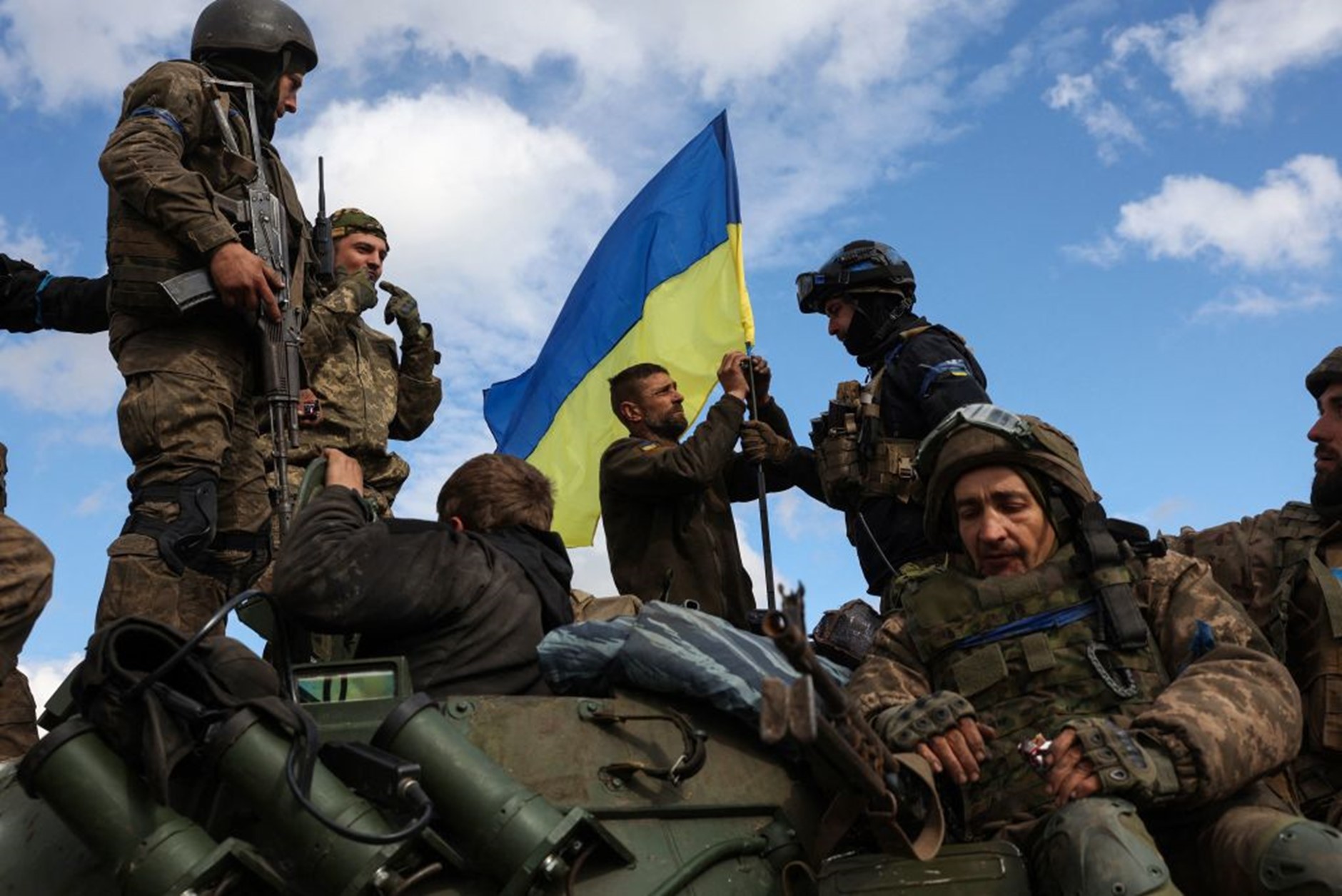

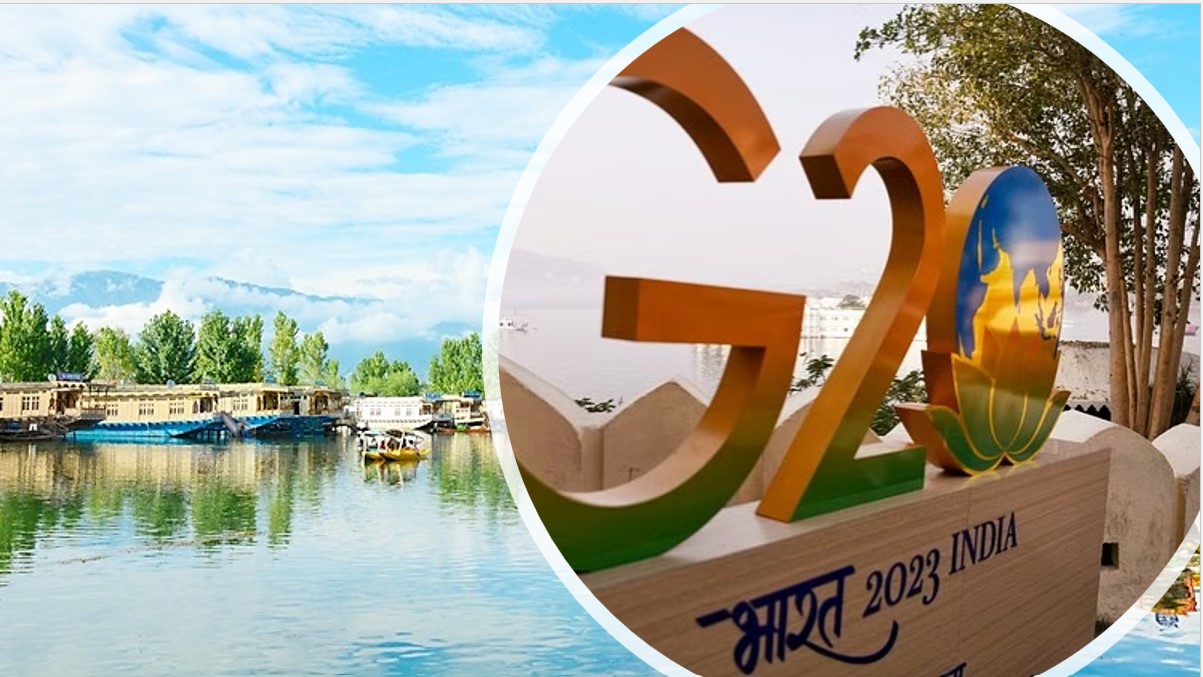


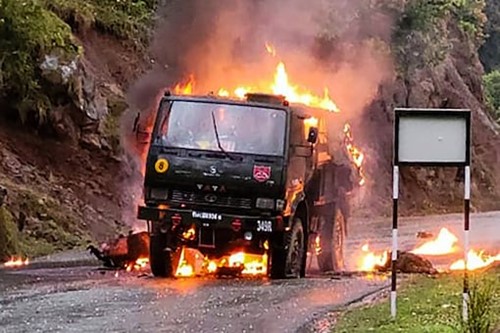
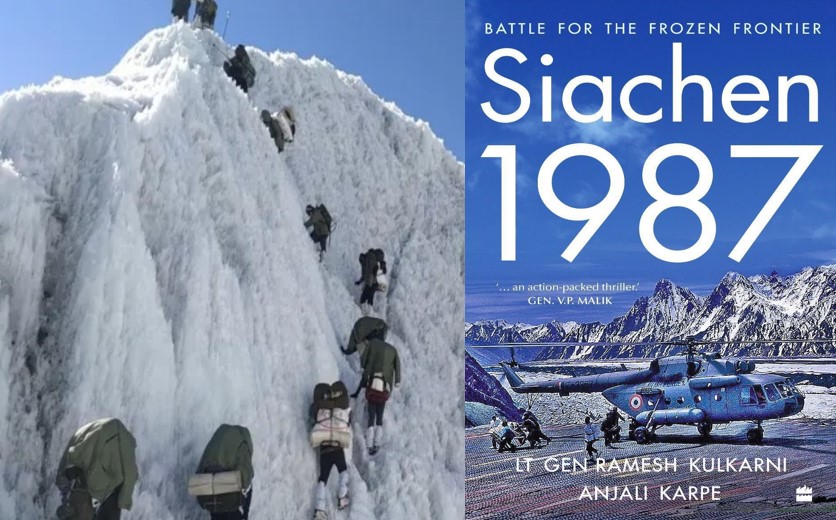

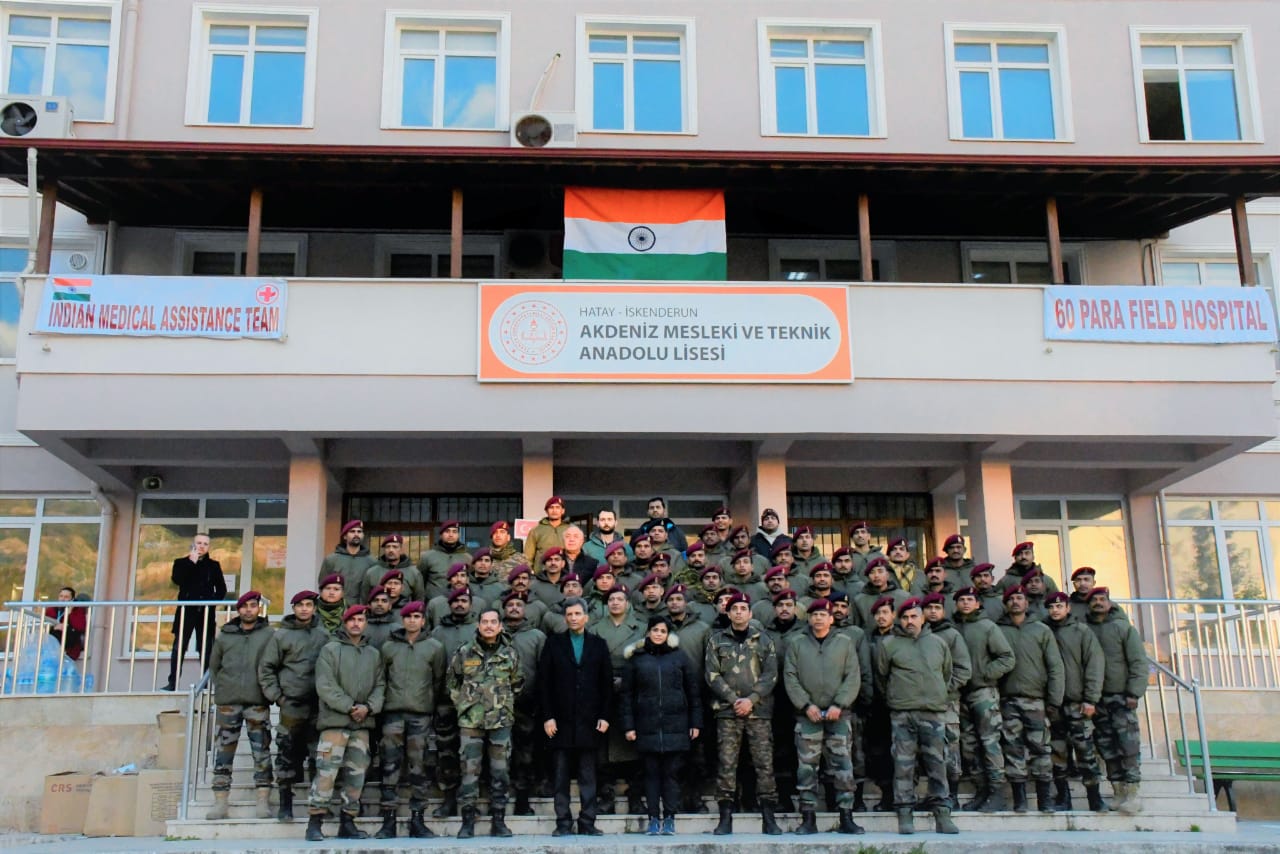
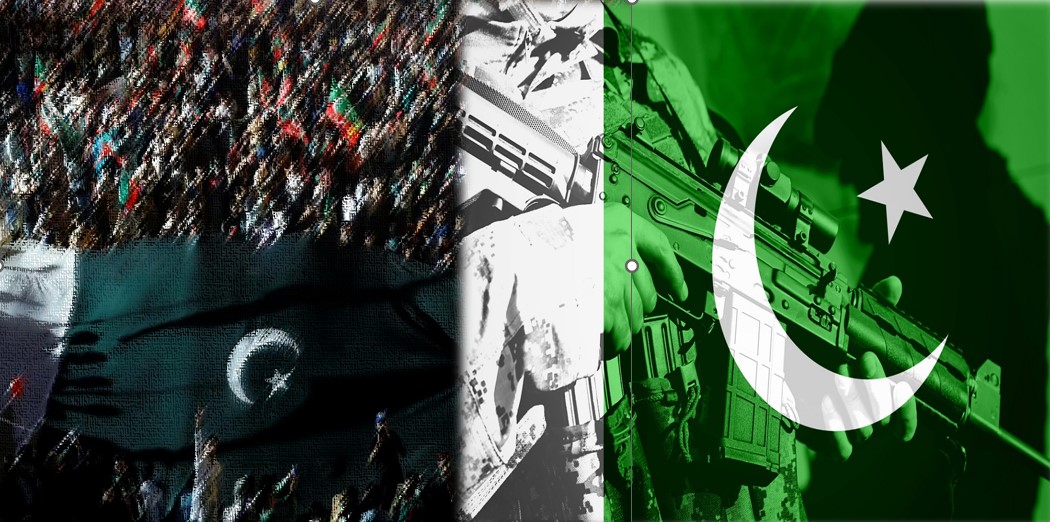






POST COMMENTS (2)
Kalidan Singh
ASHOK IYER